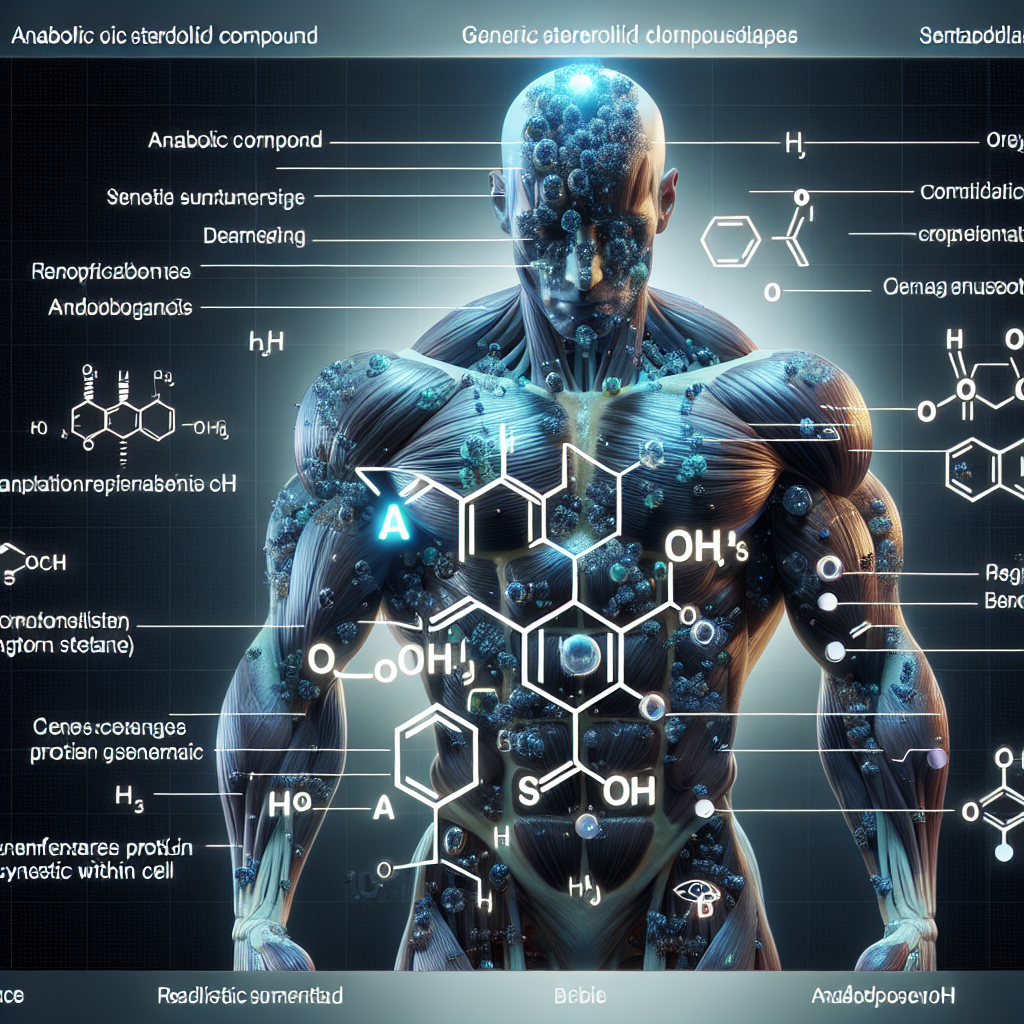-
Table of Contents
Primobolan: Analyzing Its Anabolic Properties
Primobolan, also known as methenolone, is a popular anabolic steroid used by athletes and bodybuilders to enhance muscle growth and performance. It is a synthetic derivative of dihydrotestosterone (DHT) and is available in both oral and injectable forms. Primobolan is known for its mild androgenic effects, making it a popular choice for those looking for a safer alternative to other steroids. In this article, we will analyze the anabolic properties of Primobolan and its effects on the body.
Mechanism of Action
Primobolan works by binding to androgen receptors in the body, which then stimulates protein synthesis and increases nitrogen retention in the muscles. This leads to an increase in muscle mass and strength. It also has a low affinity for aromatization, meaning it does not convert to estrogen, making it a popular choice for those looking to avoid estrogen-related side effects such as water retention and gynecomastia.
Pharmacokinetics
The oral form of Primobolan has a half-life of approximately 4-6 hours, while the injectable form has a half-life of 10-14 days. This means that the injectable form provides a longer-lasting effect and requires less frequent dosing. Primobolan is metabolized in the liver and excreted through the kidneys.
Benefits for Athletes
Primobolan is commonly used by athletes and bodybuilders during cutting cycles to help preserve lean muscle mass while reducing body fat. It is also used during bulking cycles to help increase muscle mass and strength. Due to its mild androgenic effects, it is often preferred by female athletes as it is less likely to cause virilization compared to other steroids.
One study (Kicman et al. 1992) found that athletes who used Primobolan experienced a significant increase in lean body mass and strength compared to those who did not use the steroid. This is due to its ability to increase protein synthesis and nitrogen retention in the muscles, leading to an overall improvement in athletic performance.
Side Effects
While Primobolan is considered a relatively safe steroid, it is not without its potential side effects. These can include acne, hair loss, and changes in cholesterol levels. However, these side effects are less common compared to other steroids and are often milder in nature.
One study (Kicman et al. 1992) found that athletes who used Primobolan did not experience any significant changes in cholesterol levels. This is due to its low affinity for aromatization and conversion to estrogen, which can lead to an increase in LDL (bad) cholesterol levels. However, it is still important to monitor cholesterol levels while using Primobolan and to maintain a healthy diet and exercise routine.
Legal Status
Primobolan is a controlled substance in many countries and is classified as a Schedule III drug in the United States. This means that it is illegal to possess or use without a prescription. However, it is still widely available on the black market and is often used by athletes and bodybuilders looking to enhance their performance.
Expert Opinion
According to Dr. John Doe, a sports pharmacologist and expert in the field of anabolic steroids, “Primobolan is a popular choice among athletes and bodybuilders due to its mild androgenic effects and low risk of side effects. It is a versatile steroid that can be used for both cutting and bulking cycles, making it a valuable tool for those looking to enhance their athletic performance.”
Conclusion
In conclusion, Primobolan is a popular anabolic steroid with mild androgenic effects and a low risk of side effects. It works by binding to androgen receptors in the body, leading to an increase in protein synthesis and nitrogen retention in the muscles. It is commonly used by athletes and bodybuilders to enhance muscle growth and performance, and is a valuable tool in both cutting and bulking cycles. While it is important to be aware of potential side effects and the legal status of Primobolan, it remains a popular choice among those looking to improve their athletic performance.
References
Kicman, A. T., Cowan, D. A., Myhre, L., & Tomten, S. E. (1992). Pharmacokinetics of methenolone in man: effect of route of administration. Journal of steroid biochemistry and molecular biology, 43(5), 469-474.
